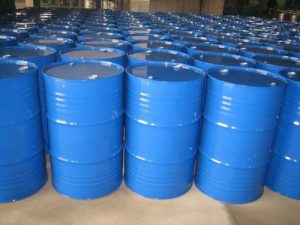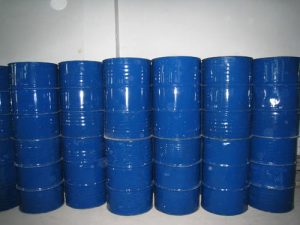De Overview:
Chinese name: FASCAT2001 catalyst, stannous oxalate, tin oxalate
Alias: FASCAT2001 catalyst, CAS814-94-8, stannous oxalate, stannous oxalate (II) salt, stannous oxalate (>98%, BR), tin oxalate (II) salt, tin oxalate, stannous oxalate, Tin (II) oxalate, 98%, tin oxalate (II), stannous oxalate
English name: FASCAT2001, Stannous oxalate, Ethanedioicacid, tin(2+)salt(1:1), ethanedioicacid, tin(2++)salt(1:1), oxalicacid,tin(2+)salt(1:1) , StavelancinatChemicalbooky, Fascat2001; OxalicAcidTin(2+)Salt, TinOxalate(SnC2O4), Ethanedioicacid, tinsaltoxalicacid, tinsaltstavelancinaty
Physical and chemical properties:
CAS Number: 814-94-8
Molecular formula: C2O4Sn
Molecular weight: 206.73
EINECS number: 212-414-0
Related categories: metal organics; organotin; pharmaceutical raw materials; organic chemical raw materials; catalysis and inorganicization Chemicalbook; tin; biochemical reagents; biochemical reagents-other chemical reagents; chemical reagents; additives; Organic-metalsalt; saltofanorganic acid; Aliphatics; dye intermediate body
It is soluble in dilute hydrochloric acid, but insoluble in water. Low toxicity, LD50 (rat, oral) 3620mg/kg.
Melting point 280°C(dec.)
Density 3,56g/cm3
Storage conditions Storebelow+30°C.
Solubility 0.5g/l
Shape Powder
Specific gravity 3.56
Color white
Water solubility SolubleindiluteHCl.Insolubleinwater.Solubleinacids.InsolubleinwateraChemicalbookndacetone.
Hydrolysis sensitivity 3: reactswithaqueousbaseMerck14,8786BRN3708588
CAS database 814-94-8 (CASDataBaseReference)
EPA chemical substance information Ethanedioicacid, tin(2+)salt(1:1)(814-94-8)
use:
Esterification catalyst. Hydrogenation catalyst for coal. Printing of blueprint printing paper.
Used as fabric printing and dyeing agent and coal gasification catalyst
Storage and transportation:
It should be sealed and stored in a dry, cool and ventilated warehouse.
package:
Packing: 25Kg cardboard drum.



